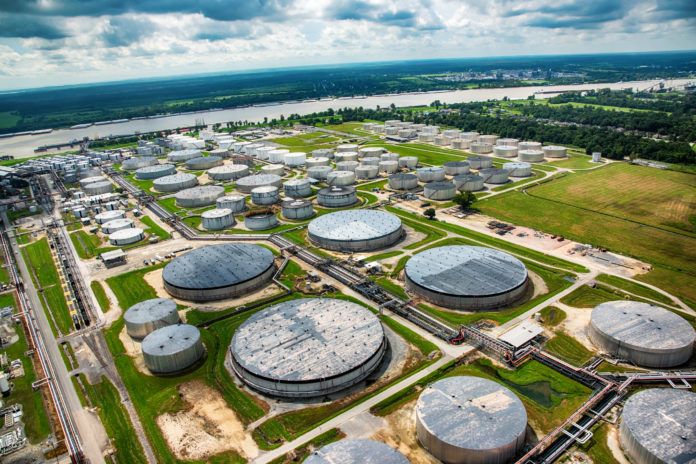Some industry leaders say it’s entirely possible that growing climate change concerns could lead to flattening oil demand in this decade. That’s as alternative energy sources become popular and more fuel efficient vehicles roll off the assembly lines.
Of course, this comes on the heels of a decade when the opposite was true, as a shale drilling revolution has transformed the U.S. into the world’s biggest oil and gas producer.
Just how quickly demand peaks and to what extent depends upon the worldwide response to climate change. A report issued by the International Energy Agency in Paris predicts oil demand will slow to a crawl after 2025, but won’t peak until the 2030s. In that scenario, decreases in global fuel demand for passenger vehicles would be largely offset by demand increases in shipping, aviation and petrochemicals.
David Dismukes, executive director of LSU’s Center for Energy Studies, agrees that there will be a push toward greater fuel efficiencies and environmentally friendly fuels in some countries, but it’s not clear whether it will lead to a worldwide shift in demand. There are too many other factors, he says, to consider.
“I don’t know about demand going down, but we could certainly see the percentage rate of growth start to flatten out over time,” Dismukes notes.
Other alternative fuel sources such as solar and hydroelectric could have an impact, but for now natural gas would be the most significant beneficiary of a push toward renewables.
Much of that could occur in the U.S. “There are about 100 or so municipalities that have passed ordinances or proclamations to move away from fossil fuels by 2030 or 2040, and that number gets bigger every day,” Dismukes says. “States are also increasing their renewables portfolio from 20 to 30 percent up to 75 to 100 percent in some places. That’s what’s pushing all of this. While the economics are getting better (for renewables), public policy is pushing the whole thing.”
Gifford Briggs, president of the Louisiana Oil & Gas Association, says he’s not worried. Naysayers have predicted doom and gloom for the the last 40 years, even as oil and gas demand reaches unprecedented levels. As recently as 2008, analysts and investors argued over the timing of “peak oil,” when the world would begin to exhaust its reserves of crude.
Instead, the oil and gas industry has been forced to innovate to satisfy a virtual explosion in demand. Global oil demand currently stands at about 101 million barrels a day, with the U.S. pumping more than 12 million barrels a day. Experts project demand could eventually peak anywhere from 105 million to 115 million barrels a day.
LOGA’s Briggs says that much of the world can’t afford electric vehicles or the electricity to power them, and thus will continue to rely on gasoline. “These emerging countries and emerging economies are going to need oil and they’re going to need abundant cheap fuels, so oil and natural gas will continue to be the primary driver in that segment.
“As long as oil and natural gas remain the cheapest and most abundant way to power vehicles and electrical plants, and the cheapest way for people to simply warm their homes, it’s going to be a major part of the global energy mix for a long time.”
Briggs points out that demand growth will also continue in the plastics industry, which depends heavily on fossil fuels. “When you’re putting cell phones in the hands of every single person on the planet these days,” he says, “oil and natural gas provides the ability to manufacture the parts for that.”
Nonetheless, there is growing certainty among international leaders that these heady days will come to an end in the 2020s. Royal Dutch Shell and other producers predict global oil demand could peak before 2030, as the shale boom slows and Wall Street turns its back on the energy sector.



